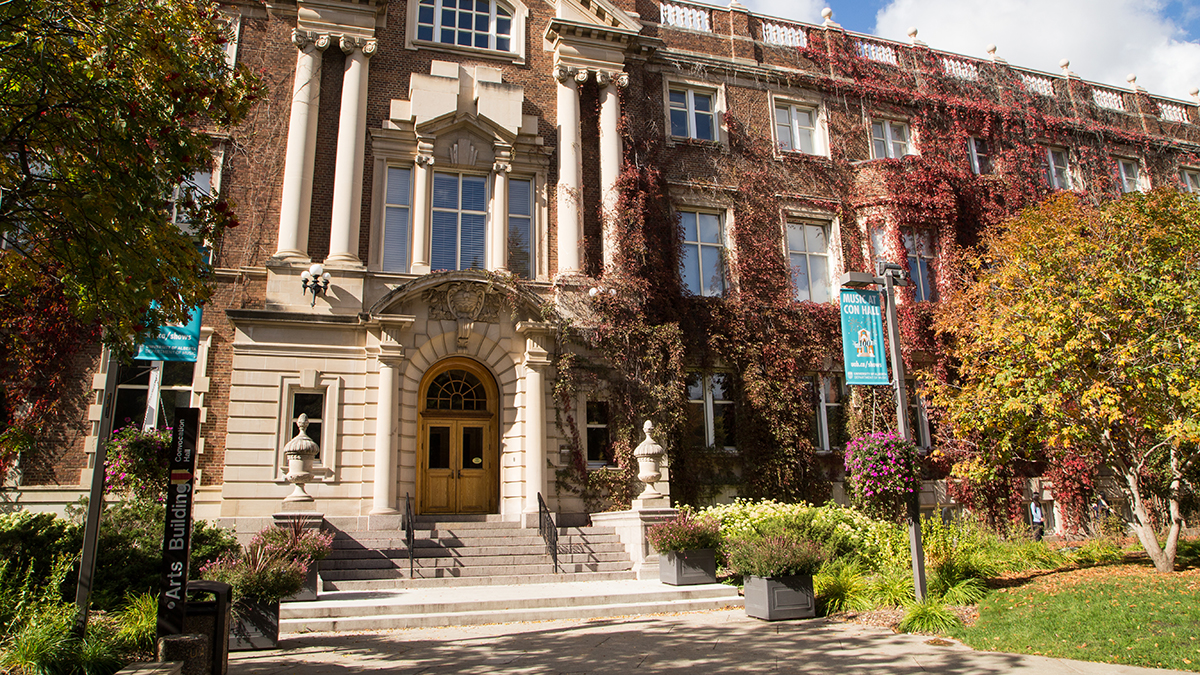 Joshua Storie
Joshua StorieThere’s a famous saying, often (falsely) attributed to Albert Einstein, that says, “If you judge a fish by its ability to climb a tree, it will live its whole life believing that it is stupid.” Like the fish that thrives in water, but dies on land, university students will only live up to their full potential where they’re most comfortable — in the faculties and departments that cultivate their unique passions, talents, and intelligence, not those which are deemed to be “superior.”
With its wide variety of programs and departments, the U of A is a place where people can find and pursue their own unique paths, be it in sciences, social sciences, or the fine arts. However, there exists an attitude on campus that forgets the different faculties and programs exist as a means of providing diverse learning options for diverse individuals, and instead judges their merit on a hierarchy of perceived intelligence, difficulty, and opportunities for career success. More often than not, arts and fine arts students are then said to have a meandering, undemanding degree, while science and engineering students are believed to have more arduous days in programs with greater academic and post-graduation merit.
Often, the dismissal of one student’s chosen area of study in favour of another’s is simply the result of a failure to acknowledge that different forms of intelligence exist. People in sciences are typically more logic and memory-focused, so their curricula are filled with formula memorization, multiple choice-tests, and lab reports. Arts’ on the other hand are generally beneficial to those who are critical, analytical essay writers and even performing artists. Therefore, their studies will consist of reading philosophical texts, writing critical response papers, or memorizing and rehearsing monologues. Just because the styles are different, does not mean that one is lesser.
There’s also the argument that because arts students do not have any labs on their timetables, they have shorter days and do less work. It may be true that arts students have less colour filled in on their schedules, but the time a science student allocates to a lab can be equated to the three-plus hours of reading, writing, or annotating an arts student would do after their lectures. And then, of course, there’s the fine arts students who’ll spend hours in the studio building or at the theatre rehearsing long after class has ended. All students have to do a lot of difficult work. They’ll have late nights and stressful moments — the difference is that one student’s work is scheduled on a timetable in a booked room while the other’s isn’t. Different forms of intelligence have different working styles, that’s all.
One can look at the different programs like sporting events at the Olympics. All the athletes are in a sport that suits their unique talents and abilities and have had unique training to develop those specific talents and abilities. We don’t look at all the different sports and say that basketball, for example, is the toughest while dismissing something like gymnastics as “easy” or “undemanding”; we appreciate that the skill, practice and mastery of each craft is simply different. We see the contribution the sport has to the event as a whole and recognize the opportunity it gives its participants to live up to their full potential.
No university program should be dismissed as easy, useless or unimportant because there are people in every program who are passionate about it, who love it and who have dreams of success in it. Individuals work differently, think differently, and aspire differently. The next time you consider where another’s area of study fits into the “hierarchy” of the university, look to the passion that drives you to love and succeed and dream in your program, and remember that it is the very same passion that enables someone in every other program to dream and succeed as well. And no-one wants to have their dreams dismissed.




